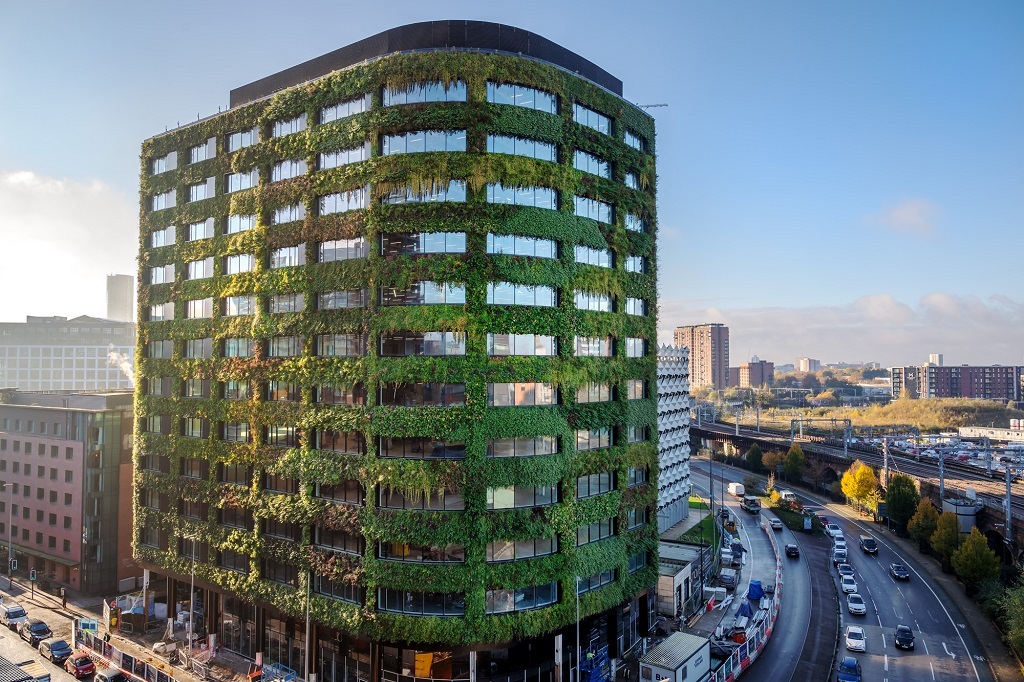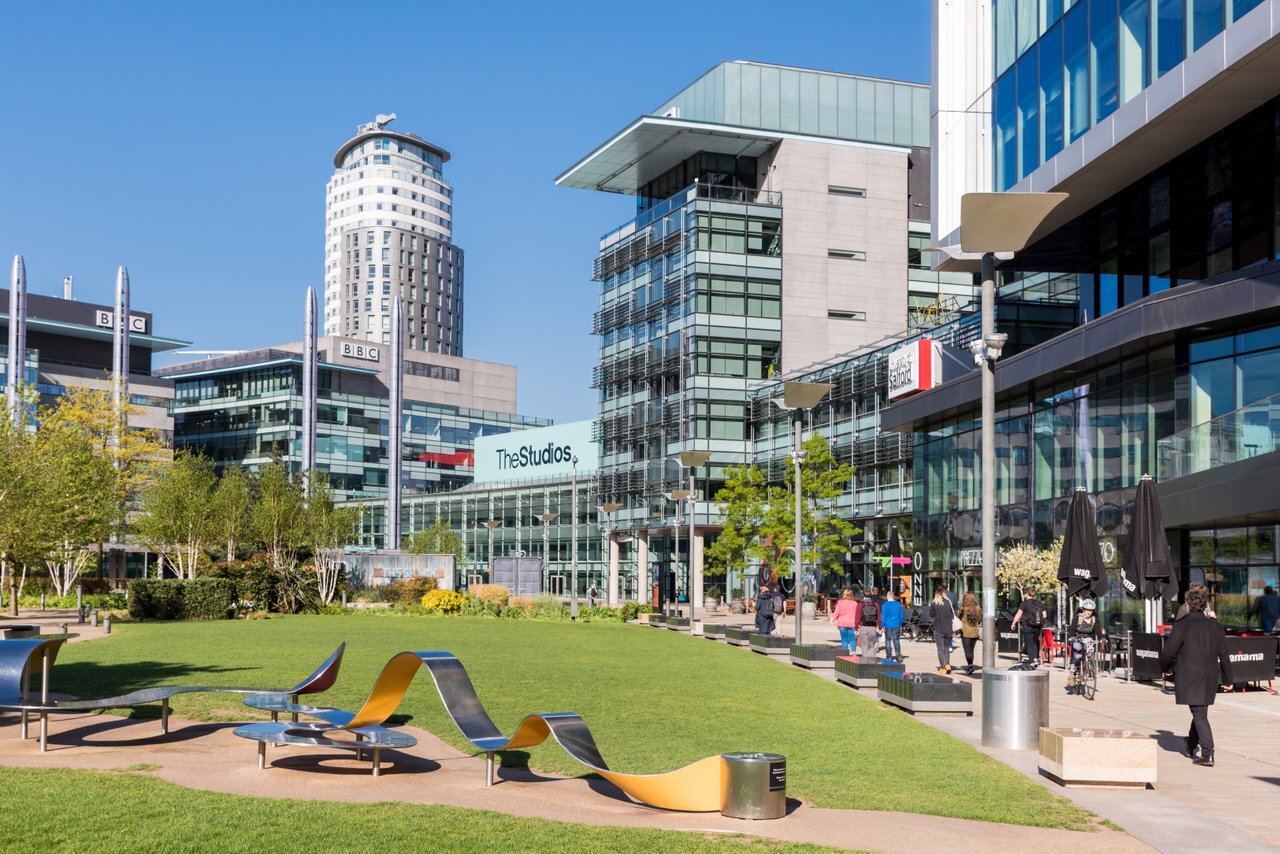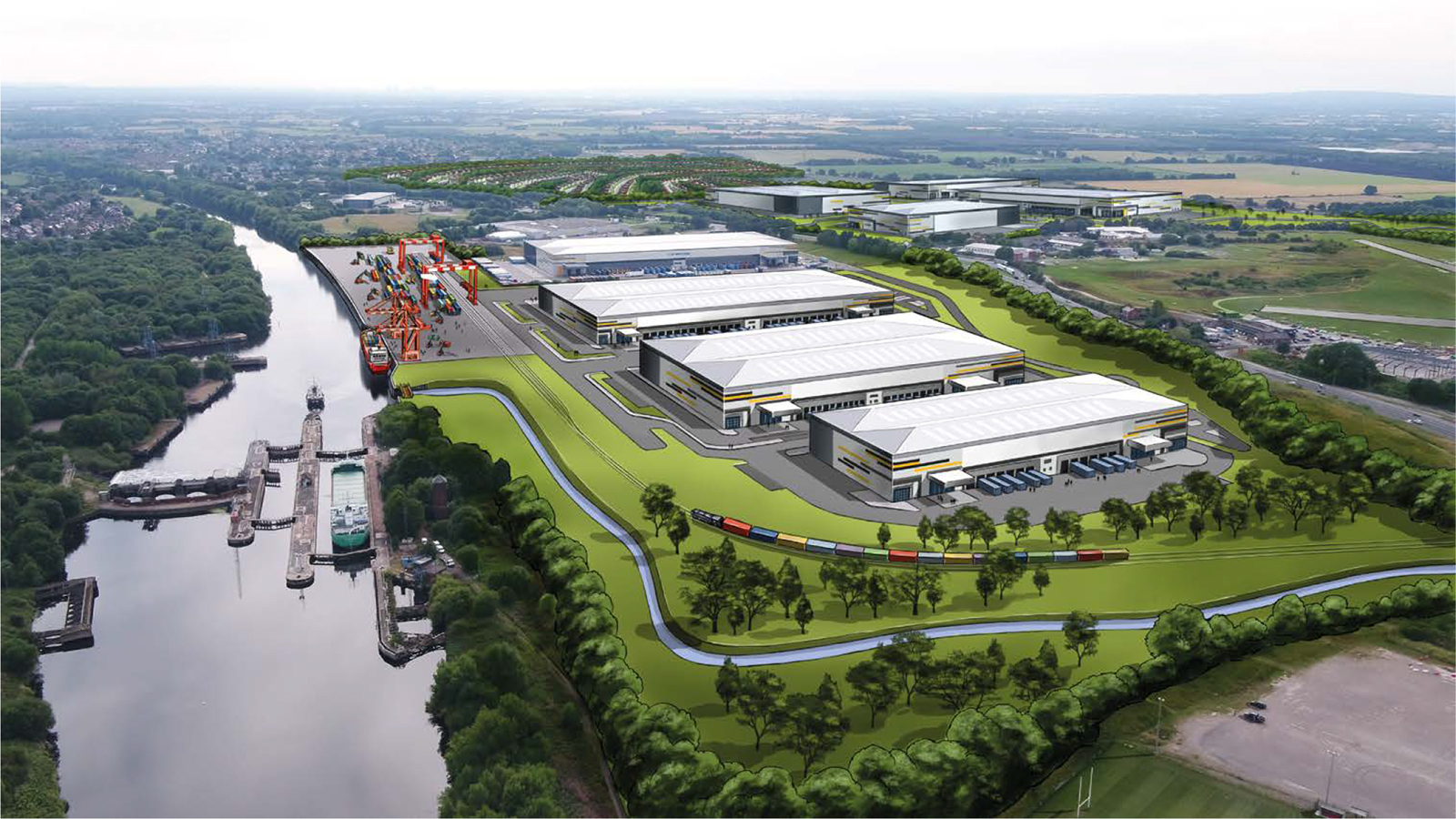Encouraging Growth, The Salford Way
Ahead of UKREiiF 2024, learn more about Salford's vision for the future and the unique opportunities that will form the next chapter of its regeneration story.
Salford is a key city within Greater Manchester renowned for its ambition and innovation. The city has experienced rapid development, economic growth and a significant population increase in recent years. To meet the needs of residents and businesses, Salford City Council, working alongside key partners has developed a successful strategy of delivering sustainable growth through regeneration.
This shared vision for the city has been nurtured through strong leadership, identifying suitable development partners and forging beneficial working relationships. The city is now looking towards a future, cementing its reputation an important cultural, economic and residential location with the northwest. A future where the needs of residents and businesses are central to delivering sustainable growth that benefits everyone.
Over the next two decades, Salford is forecast to experience the fastest percentage growth in Greater Manchester. The local economy is expected to grow by over 46% with £3 billion of growth. It is now focusing on a bold new vision to deliver circa 40,000 new homes and 40,000 new jobs by 2040, bringing investment and business opportunities to the city’s already flourishing business and innovation districts.
UKREiiF offers a chance to discover the next chapter in Salford’s regeneration story and find out more about the unique opportunities across the city.
Eden, New Bailey

Delivered by long-term development partners Muse and English Cities Fund, Eden at New Bailey marks Salford leading the way in sustainable office space. Located in City Centre Salford, which borders Manchester City Centre, Eden is part of a growing and vibrant business district.
The 12-storey, 115,000 sq ft office development is an exemplar in eco-friendly office space it features Europe’s largest living wall façade, enhanced ventilation, solar PV, energy-efficient lifts, air source heat pumps and rainwater harvesting.
Eden will run solely on 100 per cent renewable electricity, with no gas heating or hot water, and has been designed using the UK Green Building Council’s 2030-2035 operational energy targets. Designed by Make Architects, Eden is also a LETI (London Energy Transformation Initiative) pioneer project.
The building offers fantastic amenities that enhance employee health and well-being, setting the standard for green offices everywhere. It also marks the beginning of a greener chapter for Salford, showing exactly what is achievable in the future of green development.
Salford Quays and MediaCityUK

South-west of Manchester City Centre, Salford Quays and MediaCityUK is focused around the Manchester Ship Canal and a series of bays and basins bordering both Salford and Trafford. Since the 1980s, the Quays have been transformed from derelict docklands to an exciting vibrant business hub with a waterside setting.
MediaCityUK has been established as an internationally significant cluster of digital and media businesses and is currently home to the BBC and ITV, as well as a growing education offer, nurturing tomorrow's talent on-site. It is why the area has also become popular as a wider business destination and is one of the primary office locations in Greater Manchester.
Salford City Council’s Salford Quays 2030 vision sets the aspirations for the growing community. MediaCity Phase Two, will alone, see MediaCity double in size over the next decade, with Landsec partnering with Peel L&P to drive forward development with placemaking at its core. The plans have identified capacity for around 3,200 housing units and 75,000 sqm of commercial floor space.
A new Immersive Technologies Innovation Hub is attracting innovators and entrepreneurs and while MediaCity evolves physically it will build on its reputation as the home of content creation in the North to support the growth of future media. The cluster of creators and innovators will support a myriad of sectors from health, finance to fashion – creating a wealth of opportunity beyond traditional media.
Guaranteed talent pipeline and retaining it underpins MediaCity’s future success and with the recent arrival of University Campus of Football Business (UFCB) alongside the established University of Salford media campus it further strengthens its education cluster and creates a distinguished talent magnet for businesses.
To enhance MediaCity’s appeal to its current and potential student population the destination has evolved by strengthening its independent offer with the successful Box on the Docks spring and summer pop-up and with its new £5 million, waterfront food and drink destination – Central Bay.
Alongside the thousands of residents who live in MediaCIty and Salford Quays there are over 10,000 people who now work and study across MediaCity, and thousands more widely across Salford Quays. Naturally, this has created demand for a town centre offering, with Peel looking to multiple partners to reshape the Quayside MediaCity offer (formerly The Lowry Outlet Mall), to provide health, community, and convenience services.
Crescent
Salford Crescent presents an exciting £2.5bn project that is one UK’s most exciting regeneration opportunities as part of the Salford Central Development Framework. Building upon the successful renaissance of Salford in recent years and using the strategic location of the Crescent (close to Manchester City Centre and Salford Quay) as an attractive proposition for investors.
The Crescent Development Framework, which has been created by Salford City Council and English Cities Fund, sets out the ambitious vision for the area along with the development proposals for six distinct Development Zones. Through development across these six zones, there’s an opportunity to deliver over 3,000 housing units, over 7,000 jobs, 2m sq ft of new floorspace (academic, commercial, retail and leisure), and significant connectivity and public realm improvements, including green spaces like the listed Peel Park.
Crescent sits within Salford’s world-class Innovation Zone, forging stronger links between the University’s world-leading teaching and research expertise, healthcare innovation at Salford Royal Hospital and industry links to generate innovation.
Eccles and Swinton Town Centres

Long-term partnerships that have delivered commercial success, economic growth and sustained social impact is now enabling the council to look further outward across the city, focussing on exciting plans for Swinton and Eccles.
Eccles is a historic market town within the city of Salford with a population of around 42,000 people. Eccles has excellent transport links, a strong heritage story, an emerging independent café and retail sector, an active community and voluntary sector and good education provision. Eccles has been earmarked for £5.4 million of funding to deliver a new vision for Eccles and create a vibrant town centre that celebrates heritage while forging a new future. Taking advantage of connectivity and working with the community, Eccles is embarking on a new chapter of development. Manchester-based architects SimpsonHaugh has worked with the council, residents, local businesses and stakeholders on the early-stage visuals of the scheme.
Swinton is one of the principal towns within the city of Salford with a population of approximately 40,000 people. It is a popular residential area with great connectivity making it a great option for commuters across the region. The Swinton Vision will focus on living and leisure, repurposing existing buildings like the shopping centre and civic centre as well as investing in green spaces to enhance community lives and bring the city experience to Salford’s principal town. It will also prioritise connecting the people of Swinton to employment opportunities in Salford Quays, MediaCityUK, The Crescent and Manchester City Centre.
The next step for both Eccles and Swinton is to appoint a developer partner who can take each vision and help deliver it, through ongoing consultation and engagement with the community, into frameworks and plans that will guide future investment.
Port Salford

Port Salford is a major economic opportunity for both Salford and Greater Manchester. It will be the UK’s first inland tri-modal port facility and distribution park, served by rail, road and short-sea shipping, and will improve the sustainability of Greater Manchester’s distribution and supply chain activity. The project is being led by Peel L&P in partnership with Salford City Council.
It is an opportunity for Greater Manchester and the North of England to develop a regional-scale employment hub to attract cutting-edge logistics and advanced manufacturing operators. It will eventually deliver £445m of investment, 2,000 jobs and £20m of GVA to the local economy. It will also enable a reduction in carbon dioxide emissions of 14,900 tonnes per annum.
With 1.6 million sq ft of warehousing, logistics and advanced manufacturing space, Port Salford is covered by Freeport status and integrated with Liverpool SuperPort. It also forms a part of Ocean Gateway, a redevelopment strategy for the North West in revitalising the Manchester Ship Canal Corridor by Peel L&P.
Port Salford also forms part of the wider Western Gateway project, a key regeneration and growth location site for the Greater Manchester Combined Authority (GMCA). The site also includes the Salford Community Stadium and surrounding land, which Salford City Council has now agreed a decision to take full ownership of. This deal presents further opportunity in the area, with future full development of the site expected to create 790 new jobs, delivering £28 million worth of social value and attracting £65 million of private sector investment.
To learn more about growth opportunities in Salford, visit the Canary at UKREiiF or visit, the Invest Salford Website and Salford Regeneration Story on LinkedIn.